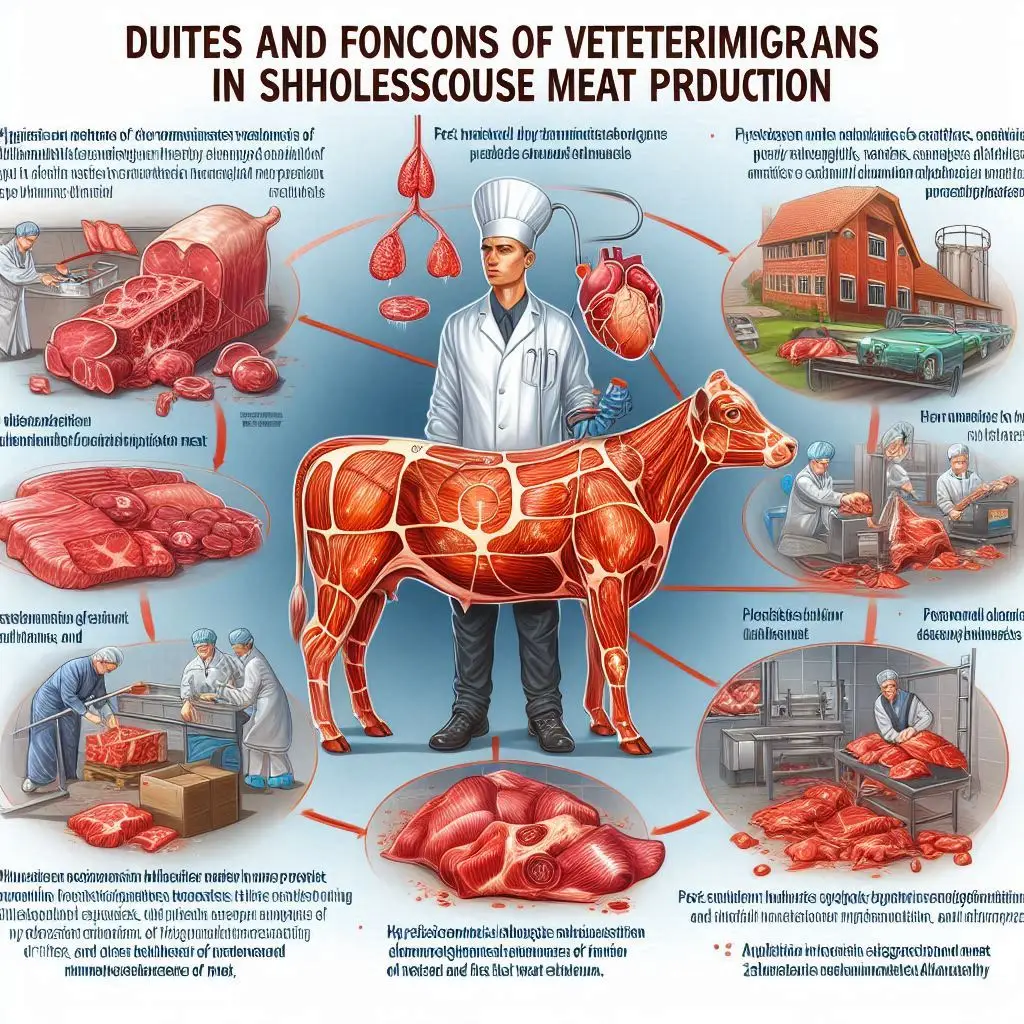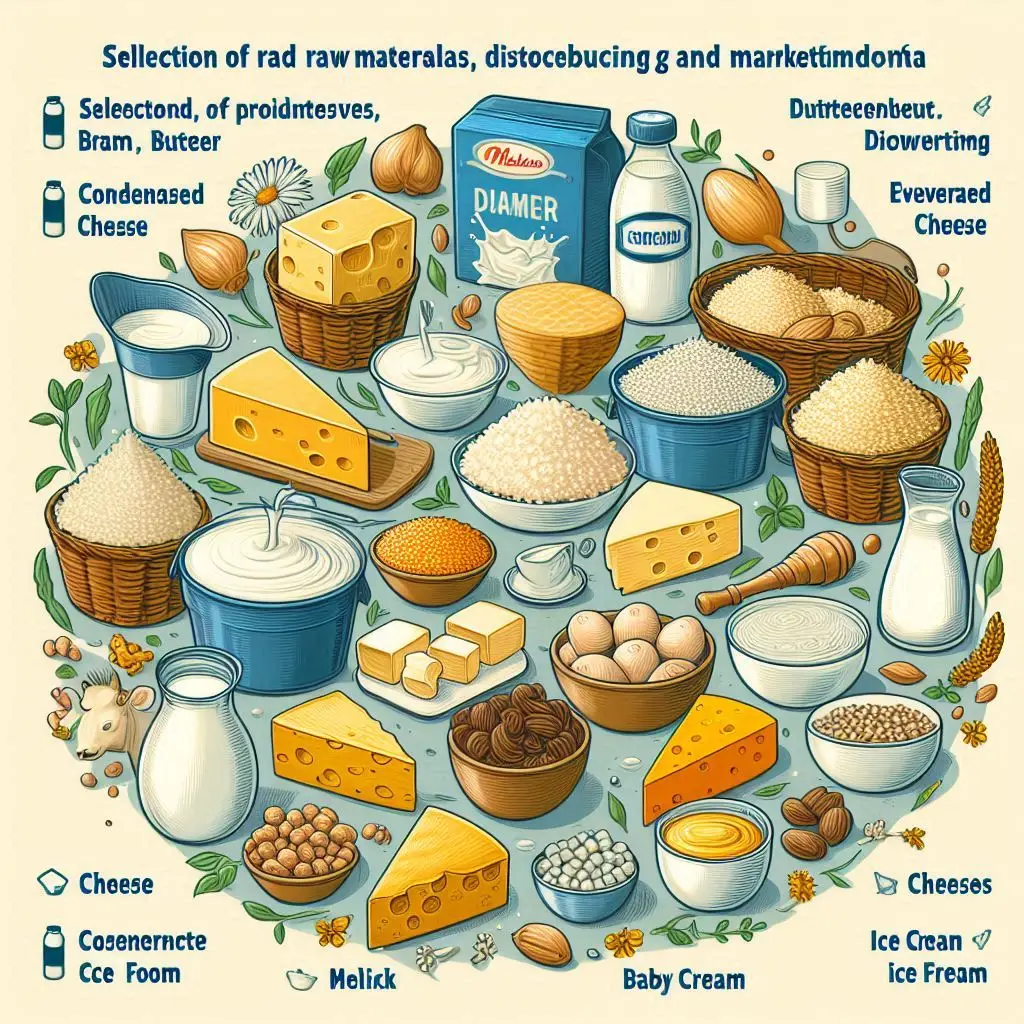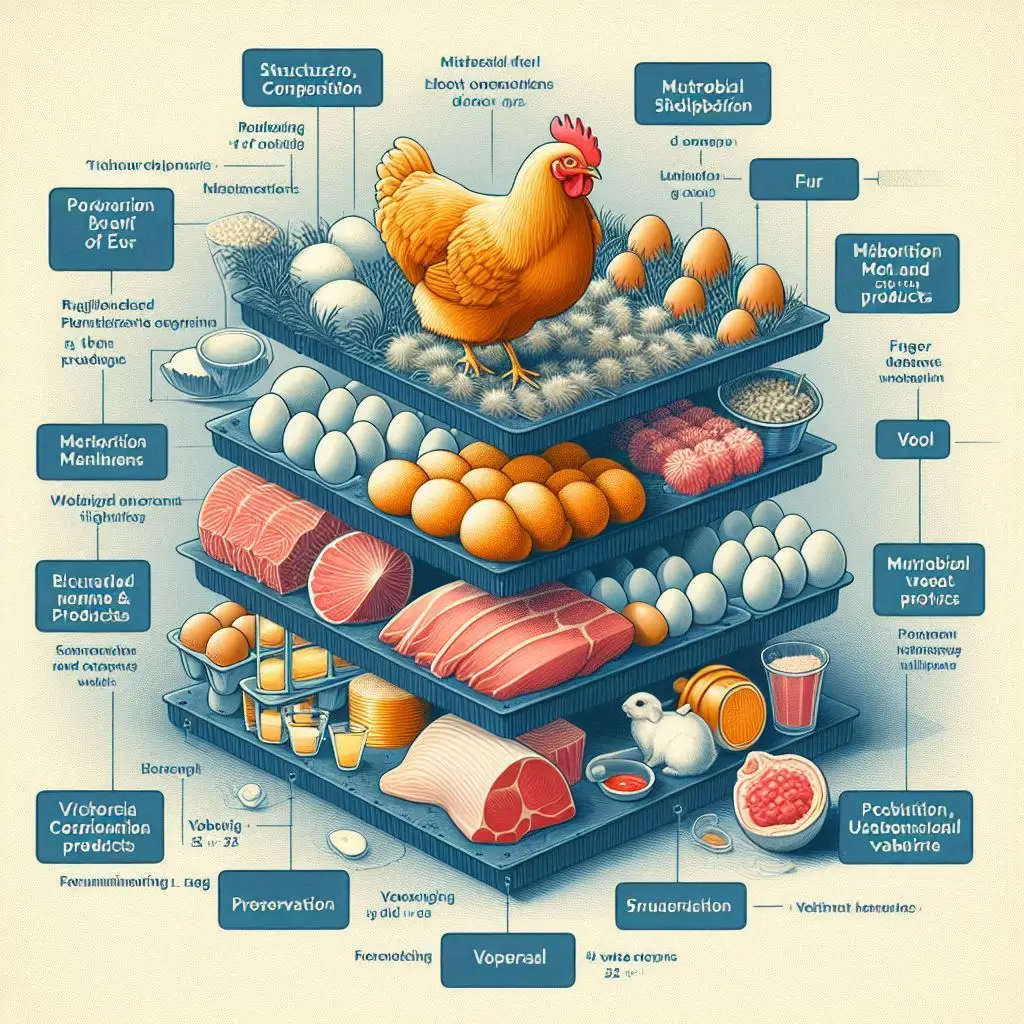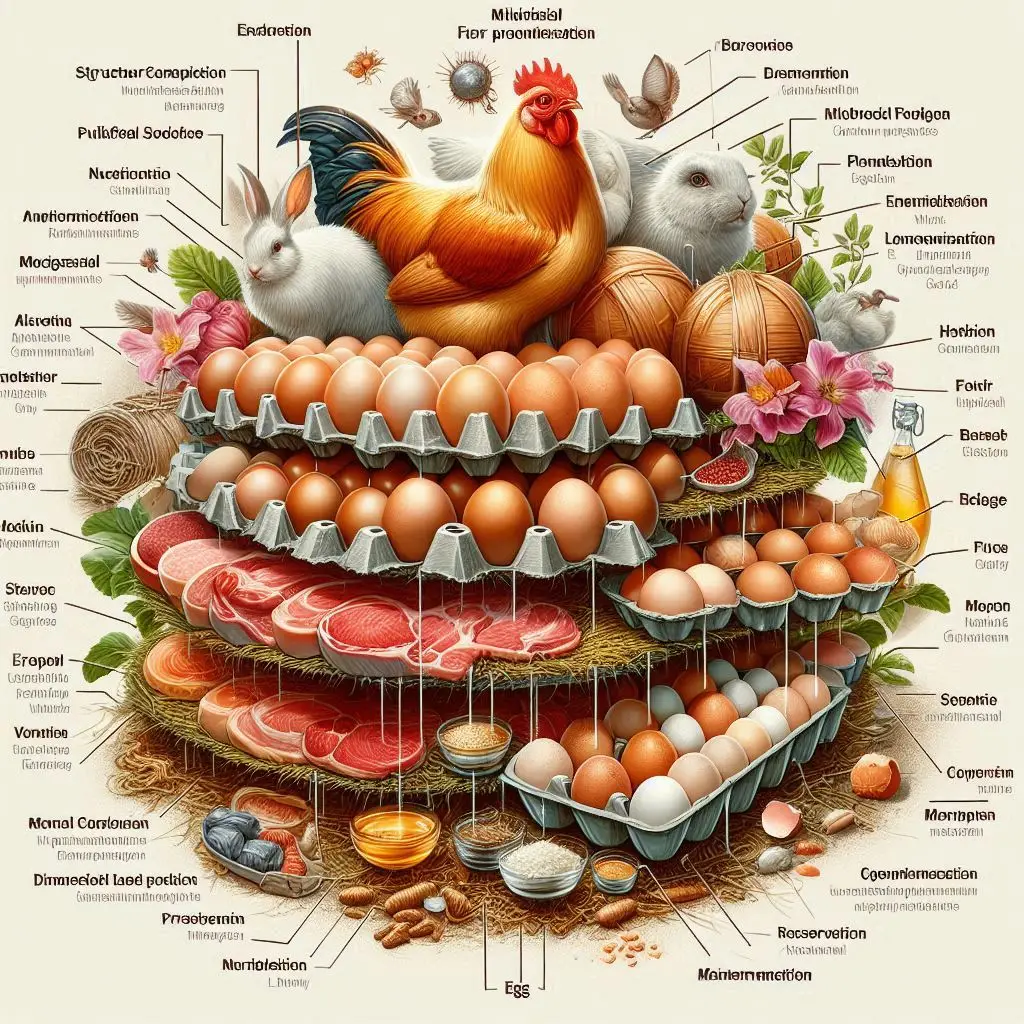Enhancing Meat Quality: Effective Improvement Methods

Introduction
The quality of meat is crucial for consumer satisfaction and safety. As demand for high-quality meat products rises, the meat industry must adopt effective improvement methods. This article explores various techniques, including innovative technologies, ingredient modifications, and sensory evaluations, to enhance meat quality.
Understanding Meat Quality
Meat quality encompasses several attributes, including tenderness, flavor, color, and safety. Consumers expect meat products to be not only nutritious but also safe to eat. Therefore, understanding the factors influencing meat quality is essential for producers.
Innovative Technologies for Meat Quality Improvement
High Hydrostatic Pressure (HPP)
HPP is a non-thermal processing method that enhances meat tenderness and reduces microbial contamination. By applying high pressure, HPP alters the meat’s texture without compromising its flavor.
Ultrasound Treatment
Ultrasound technology has shown promise in improving the texture of low-salt meat products. Studies indicate that higher power ultrasound treatments significantly increase the hardness of meat, making it more appealing to consumers.
Pulse Electric Fields (PEF)
PEF technology uses short bursts of electricity to improve meat quality. This method enhances tenderness and reduces spoilage, making it a valuable tool for meat processors.
Ingredient Modifications
Natural Additives
Replacing synthetic additives with natural alternatives can enhance the nutritional profile of meat products. Natural plant powders, for example, can improve water-holding capacity and emulsion stability.
Dietary Fiber Incorporation
Incorporating dietary fibers into meat products not only boosts nutritional value but also helps reduce salt and fat content. This approach addresses health concerns while maintaining sensory qualities.
Microbial Techniques
Utilizing beneficial microorganisms can enhance meat safety and quality. For instance, specific microorganisms can be used to quickly assess toxicity levels in meat, ensuring consumer safety.
Sensory Evaluation Methods
Organoleptic Evaluation
Sensory evaluation is vital for assessing meat quality. This method involves evaluating attributes such as appearance, texture, smell, and taste. Skilled panels can provide reliable assessments, while consumer-level evaluations are also valuable.
Physical Testing Methods
Basic physical tests, such as measuring temperature and moisture content, are essential for maintaining meat quality. These tests can be performed with minimal equipment and are crucial for ensuring safety standards.
Conclusion
Improving meat quality is a multifaceted challenge that requires a combination of innovative technologies, ingredient modifications, and rigorous sensory evaluations. By adopting these methods, the meat industry can enhance product quality, ensuring consumer satisfaction and safety.
For more pearls of Vets Wisdom:
https://wiseias.com/partitioning-of-food-energy-within-animals/






Responses